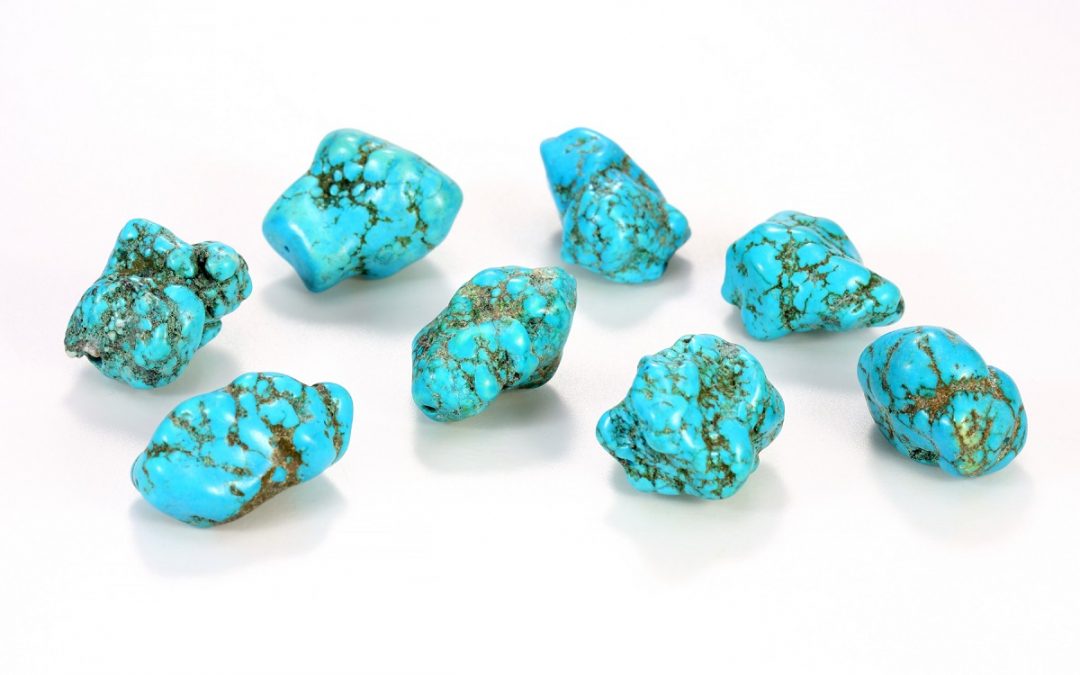Known for its beautifully vibrant blue and green color, turquoise is a popular stone when it comes to statement and antique jewelry. In the United States, men’s and women’s turquoise jewelry and adornments have historically been associated with traditional adornments and craftsmanship from southwestern Pueblo tribes. If you’re looking to add some turquoise jewelry to your collection, it’s important to do a bit of research on the piece, as the way a stone is treated can often impact its value, longevity, and cleaning practices.
Why Turquoise Is Often Stabilized
Natural turquoise is on the softer side when it comes to gemstones and usually only ranks around a 5 or 6 on the Mohs Hardness Scale – used to measure the hardness of a mineral and its relative resistance to scratching. Only high-grade turquoise is dense enough to be properly cut and shaped for jewelry application without severe damage to the stone. If turquoise is of the softer, low-grade variety, it has to be stabilized and treated to be usable in jewelry. The stabilization process first began in Arizona in the 1950s and ever since has been used to both enhance lower-quality turquoise and mass produce it in numbers that would be infeasible for high-quality untreated turquoise.
Commonly Used Turquoise Treatments
A few different methods are used to manipulate naturally occurring turquoise or mimic naturally occurring turquoise to display high-grade turquoise features.
- Stabilization or Enhancement: This process uses epoxy as a filler for the naturally porous surface that softer turquoise possesses. This process smooths out the surface area and can also provide color-enhancing features.
- Chalk or Reconstitution: This process is when turquoise pieces are crushed into a chalk form and are mixed with epoxy to create harder blocks that can be easily cut into the desired gemstone shapes.
- Imitation: This is when other stones such as Howlite or synthetic materials are manipulated to resemble turquoise. However, there is no actual turquoise in the piece.
What Makes Natural Turquoise So Unique?
When most turquoise is removed from the earth, it is too soft for use in jewelry making. This means that natural turquoise hard enough for shaping is rare, and as such, more costly. So, when you’re looking to purchase turquoise jewelry, it’s critical to make sure you’re asking the right questions about treatment or enhancement, and to be wary of advertisements for pure, untreated turquoise at extremely low prices.
Shop Turquoise Jewelry & More Native American Jewelry
At Palms Trading Company, we work with all of our customers to ensure you have all of the information you need when it comes to your new piece of turquoise jewelry. Get in touch today and let our knowledgeable staff help you find the perfect piece of jewelry to add to your collection.



